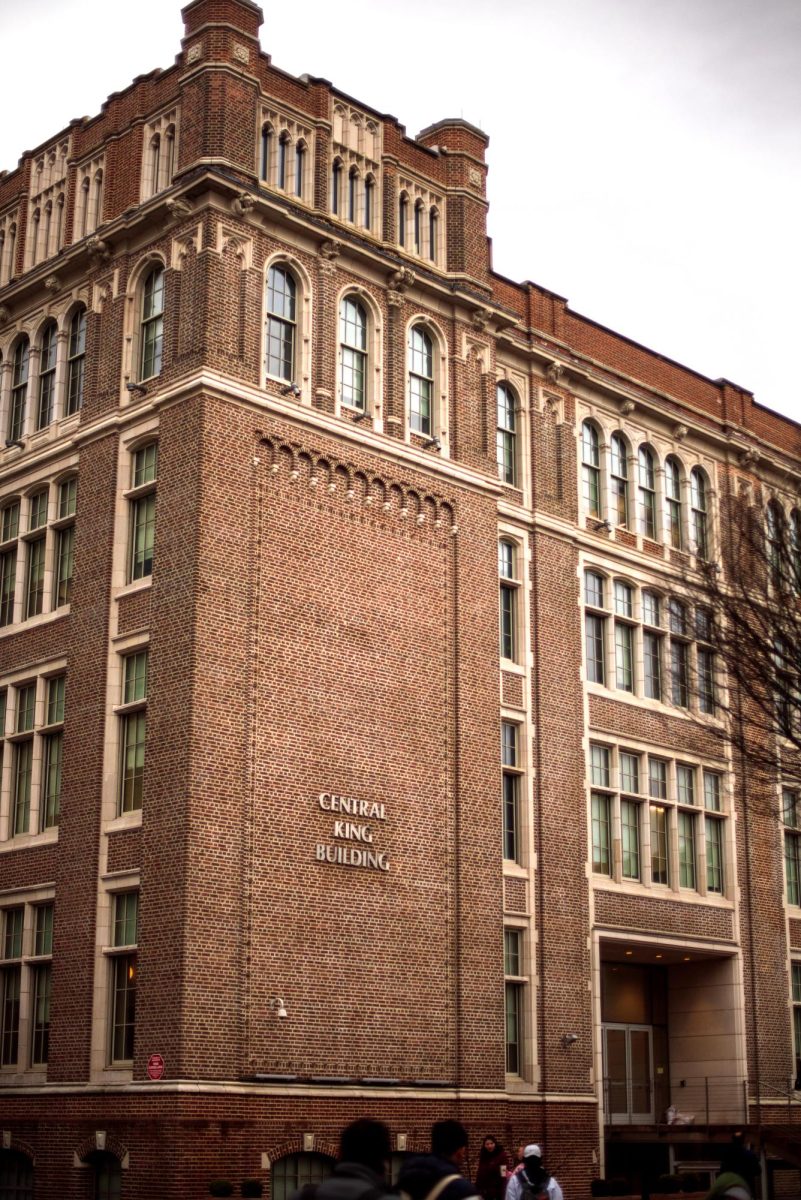Cannabis is set to be legalized in Canada on October 17, making it the largest country to do so at this time.
While the ban is currently nationwide, individual provinces have set up different systems regarding the handling of marijuana. On September 26, Ontario officials revealed a set of rules to govern the retail of cannabis sales. Ontario is set to be a big market for cannabis, with 40% of sales in Canada occurring within the province last year.
If passed, the new set of regulations will not set a cap on the number of cannabis shops, a benefit for consumers. Ontario will exclusively sell cannabis online beginning on October 17, the same time the Cannabis Act takes effect.
Along with governing retail, the Ontario government has also addressed the consumption of cannabis. Residents will now be able to smoke recreational cannabis wherever smoking tobacco is legal.
Consumers are expected to follow the same rules as tobacco smokers, meaning smoking in enclosed spaces is prohibited. Additionally, smoking outside will only be allowed 9 meters from a public building or 20 meters from a children’s building. Previously, only those above the age of 19 were legally allowed to smoke cannabis in private residences, but now laws have eased those regulations.
Canada has a long history with cannabis, and the new regulations will end 95 years of prohibition. The substance was added to the list of banned substances in 1923 without debate or public acknowledgment. At the time, however, most Canadians weren’t even aware of cannabis, nor was it available in the country.
The maximum punishment for possessing marijuana was 6 months in prison and a $1,000 fine, but these convictions were deemed harsh, as otherwise law-abiding young Canadians were often the culprits. Many saw the early legislation to be “the making of a law without a problem,” as marijuana has a low toxicity level and potential for abuse.
Reports suggested the removal of criminal penalties for cannabis possession, yet the government denied a chance for reform. Some changes occurred in 2001, allowing those with serious illnesses to obtain legal access. The government still showed signs of uncertainty, with only a few exemptions (about 3000) being granted. Behind a confusing application process and an unreliable supply of cannabis, the program was a failure. Legalization didn’t begin to build up steam until Justin Trudeau, the current prime minister, pushed for cannabis to be legalized. Trudeau established the Task Force on Cannabis Legalization and Regulation, and it was argued whether legalizing by province or country was the better choice, ultimately deciding on nationwide legalization.
While our neighbors from the North have finally acted on the substance, the United States remains adamant in our present stance on the substance. Cannabis is still classified as a Schedule 1 Drug—the same as heroin—and there has not been a major push for the legalization of its use nationwide. Politicians are also torn on the issue of legalization, the main concern being whether marijuana a danger to the public. With governments around the world moving towards legalizing cannabis, how much longer will it take for America to do the same?
Cannabis Sativa Leaf PHOTO by Lode Van de Velde | Creative Commons






























